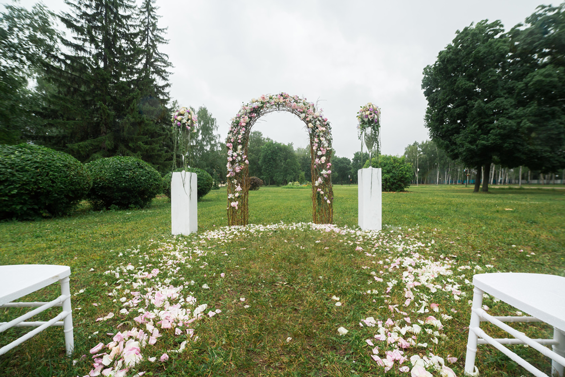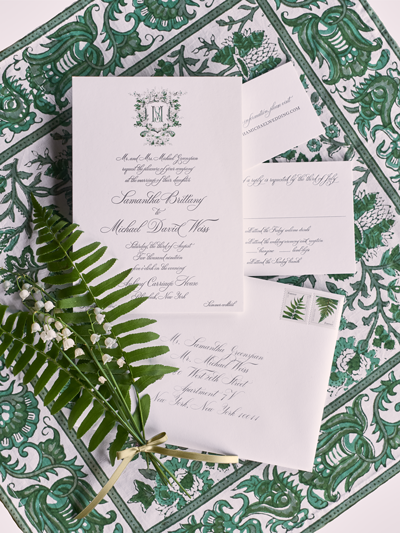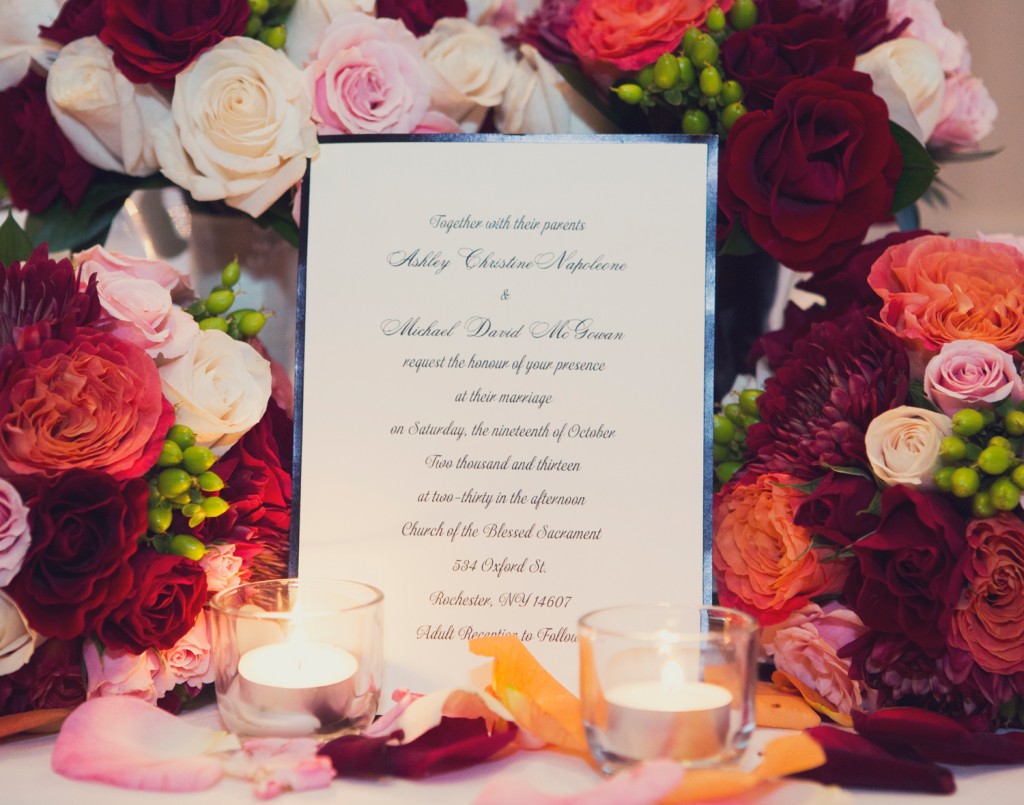Why do you need a professional lighting designer? For the same reason you need a professional florist, photographer or wedding planner. A professional will conduct a site survey of the venue, listen to what décor you have already planned, go over the best treatments for the space and make sure you have enough electrical capacity to create your vision. When your vision becomes a plan, your lighting designer will ensure that it includes all the dimmers, controllers, and programs you need to transition moods over the course of the evening. He will also work with your photographer, florist, and planner to be sure you have the best lighting for each of the evening’s activities.
Whether your vision is to have a formal wedding or a festive one, an indoor evening wedding with soft candle glow or an outdoor one with globe lights, string lights, or lanterns, the right lighting will add dimension to the room and make the room visually interesting for your guests.
Here are options to think about:
Color Wash – To color wash a room is to bathe it in color. Colored lighting that is coordinated with the wedding’s overall color palette can turn a plain venue into a beautiful one. Color washes can either bring attention to a specific area, like the dance floor, or separate a section of the room, such as the dining area. When choosing a color, pick a more flattering one such as a soft rose light, amber or magenta.
Outdoor Lighting – Outdoor receptions break away from more traditional lighting methods. The most popular outdoor light source is paper lanterns. Lanterns create an atmosphere that can be festive and playful, or romantic and tranquil. If you have a courtyard, use globe lights, lanterns or glass orbs filled with candles. The goal is to provide just enough light without making your lighting the focal point.
Uplighting – Uplighting places lights on the ground, aimed to project light off the wall or at a particular object. Uplighting can highlight architectural features, outline the perimeter of the space or project a monogram or phrase on the ceiling or walls. Uplighting is the most dramatic and popular lighting element in weddings and the most cost effective.
Whether you hire a professional lighting designer or have your own lighting plan, your design should wow your guests, highlight and accentuate your space and decor, and guide your guests’ eyes exactly where you want them to go.








